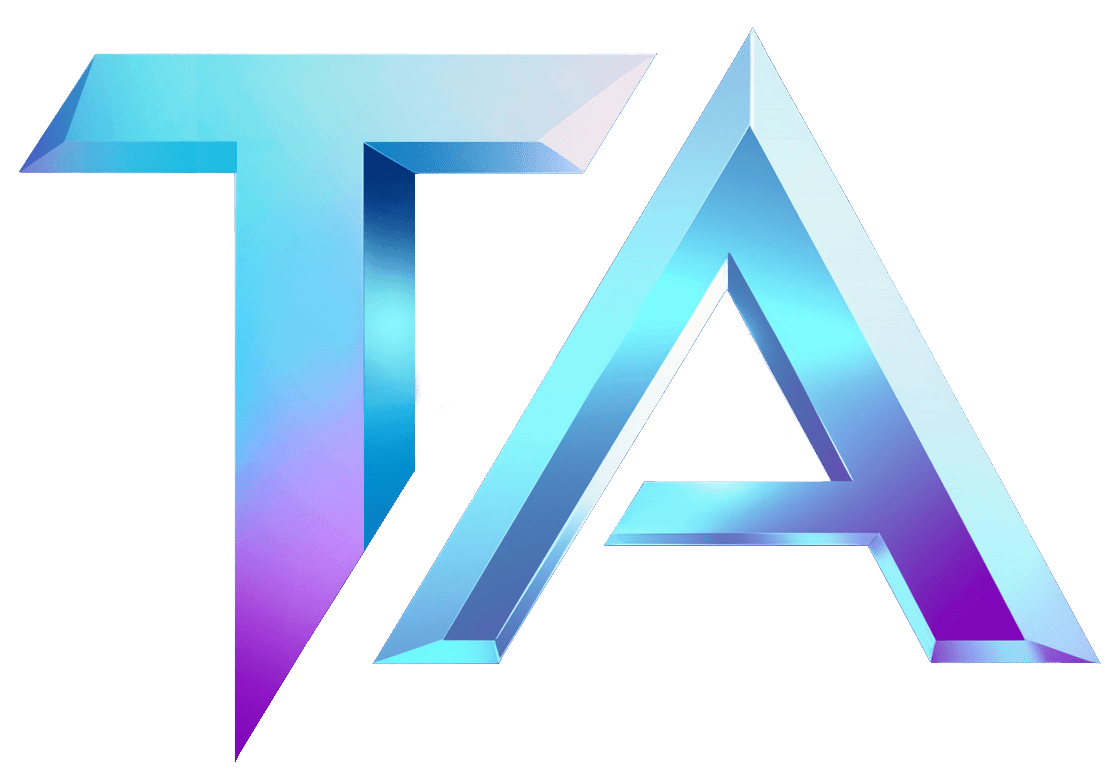Revolutionizing Disease Modeling with Star Atlas

Revolutionizing Disease Modeling with Star Atlas
At Titan Analytics, we’re passionate about harnessing the power of technology to transform the way we understand and tackle complex challenges. Today, we’re excited to explore how the innovative framework of Star Atlas could revolutionize disease modeling—an essential aspect of public health and medical research.
What is Disease Modeling?
Disease modeling helps us understand how diseases spread, evolve, and can be controlled. Researchers build mathematical or computational models to predict the dynamics of diseases, evaluating various factors such as infection rates, immunity levels, and social behaviors. These models are crucial for planning public health responses, allocating resources, and shaping policies to combat outbreaks effectively.
Understanding Star Atlas
Star Atlas is not just a game; it’s a dynamic platform rooted in blockchain technology and decentralized gaming. Within its universe, players can explore, trade, and engage in strategic gameplay that involves resource management and competing factions. But beyond entertainment, the collaborative and immersive nature of Star Atlas offers unique opportunities for applying complex models, including disease modeling.
Connecting the Dots: Disease Modeling and Star Atlas
Imagine leveraging the decentralized structure and real-time data capabilities of Star Atlas to create simulations of disease spread in various ecosystems. Here’s how we can do it:
-
Real-Time Data Collection: With every interaction in Star Atlas, players generate data. This could include how resources are allocated, the strategies employed, and the health consequences of decisions made in-game. By analyzing this data, we can glean insights into behavior patterns that mirror real-world decision-making in the face of disease outbreaks.
-
Network Dynamics: Star Atlas represents a complex network of players and factions. Studying the interactions between these groups can help us model how diseases might spread through social networks. The game’s strategic alliances and rivalries can serve as analogies for how populations interact during an outbreak.
-
Predictive Analytics: By integrating advanced analytics across game metrics, we can create predictive models that simulate various disease scenarios. For example, adjusting parameters like infection rates or recovery times can help us visualize potential outcomes and test public health strategies before they are implemented in the real world.
- Educational Opportunities: Star Atlas could serve as an educational platform, teaching players about disease transmission and prevention strategies. By gamifying disease modeling, we can inspire players to learn about public health, ultimately influencing positive behaviors in the real world.
The Future of Disease Modeling
By utilizing the innovative framework of Star Atlas, we can create new paradigms for understanding disease dynamics. The game’s interactive environment fosters collaboration among players, allowing for a rich pool of real-time data that can enhance research and inform public health strategies.
At Titan Analytics, we’re committed to bridging the gap between gaming and meaningful data analysis. As a Solana validator and a dedicated Star Atlas analytics platform, we invite you to explore how our data modules can empower your understanding of Star Atlas and beyond.
Visit us at Titan Analytics Star Atlas Data Modules to dive deeper into our offerings, or contact us at Titan Analytics Contact for more information on how we can collaborate to revolutionize the world of disease modeling together.




